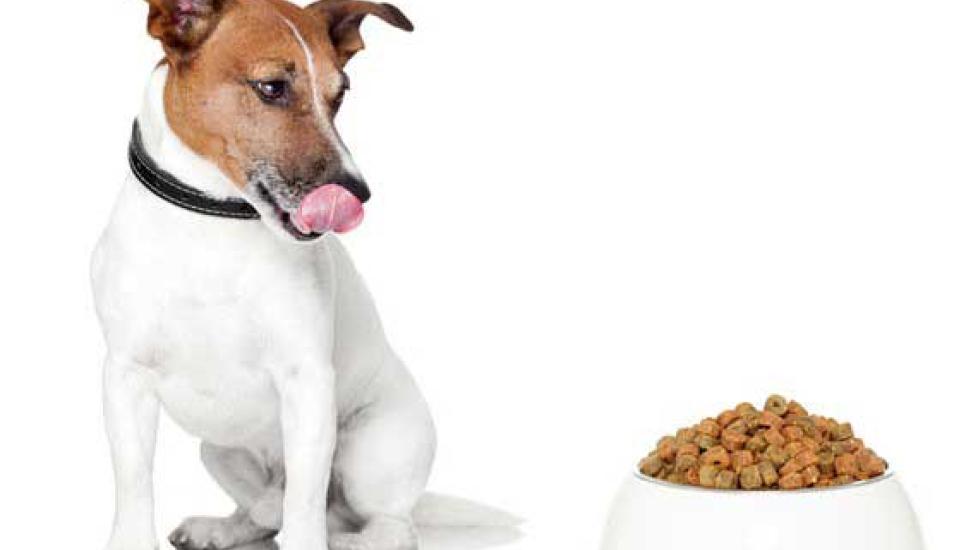“How Much” is As Important As “What” Your Dog Eats
Nutritional deficiencies were common back when dogs were fed table scraps supplemented by whatever they could scrounge. All that changed with the advent of commercially prepared, complete and balanced dog foods. Now, nutritional excess is enemy number one … specifically, an excess of calories.
Determining just how much food dogs should be eating is not simple, however. Calculations must take into account their size, metabolic rate, the amount of exercise they typically get, the environment they live in, and, of course, the caloric content of all the foods they eat. Mathematical formulas can only give you a ballpark figure, which is why the feeding guides on pet food labels are limited in their helpfulness.
(Note: Click the charts to see the larger image.)
They are typically presented as charts that look something like this for a dry food:
… or this for a canned food:
These recommendations are far from precise and are only a starting point. I generally recommend that owners begin by feeding on the low end of the range given for their pet’s weight, for these two reasons:
- Pet food manufacturers have an economic interest in encouraging us to overfeed our dogs.
- Most dogs could stand to lose a few pounds.
Feed the amount you’ve selected for 2-4 weeks and then start monitoring which way your dog’s weight is moving. If you have ready access to a scale, regular “weigh-ins” are the simplest way to determine if you need to feed a little more, a little less, or if you’re right on target. If this is not practical, then aim to keep your dog at his or her ideal body condition. Most breeds should:
- have an “hourglass” figure when looked down upon from above. The abdomen should be narrower than the chest and hips (you can click here to see a body condition chart)
- be “tucked up” when looked at from the side. This means that a dog’s chest is closer to the ground than his belly when he is standing
- have ribs that are not readily visible but are easily felt with only light pressure
Reassess your dog’s weight and/or body condition frequently throughout the year as his or her caloric needs fluctuate and, of course, whenever you start feeding a different food. Adjust how much you offer based on your findings. Catching weight gain early allows us to easily address it with just small changes in the amount of food we offer.

Dr. Jennifer Coates
Image: Javier Brosch / Shutterstock
